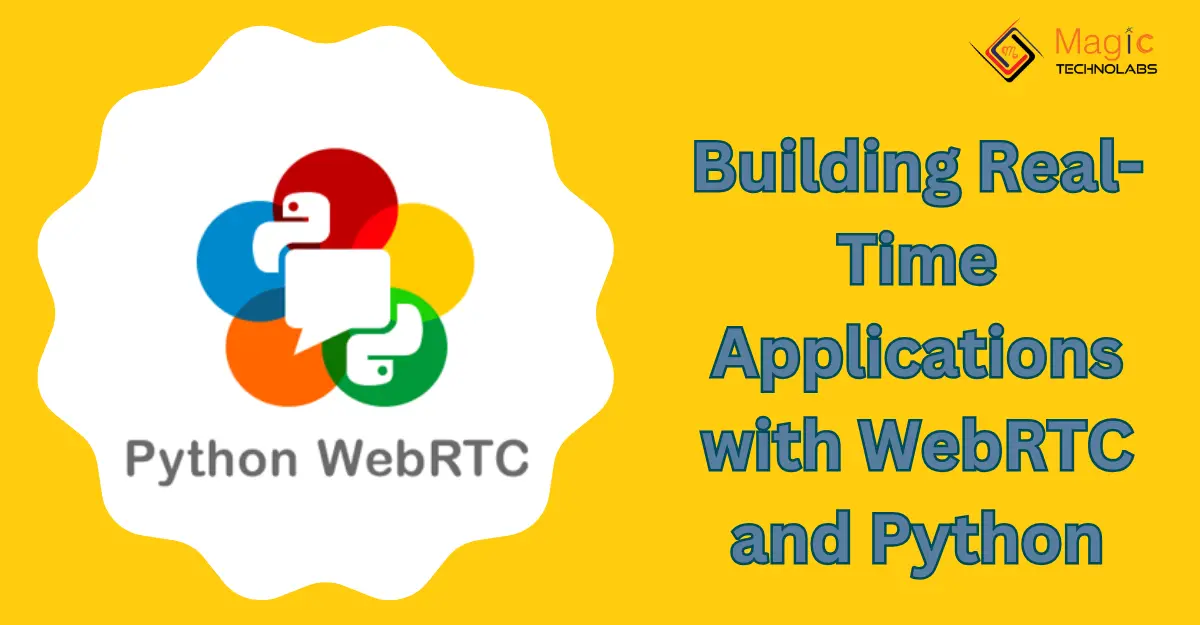Building real-time applications has become increasingly popular with the advent of WebRTC (Web Real-Time Communication) technology and the versatility of Python programming language. WebRTC enables peer-to-peer communication directly within web browsers, eliminating the need for plugins or third-party software. When combined with Python, a powerful and versatile programming language, developers can create robust real-time applications for various purposes.
One of the key advantages of using WebRTC and Python is the ease of implementation. WebRTC provides APIs (Application Programming Interfaces) that simplify the process of setting up real-time communication channels, including audio, video, and data exchange, between web browsers. Python, known for its simplicity and readability, allows developers to quickly build backend infrastructure and handle complex logic.
Moreover, WebRTC and Python offer flexibility and scalability, making them suitable for a wide range of real-time applications. Whether you're developing a video conferencing platform, a live streaming service, or a collaborative editing tool, WebRTC and Python provide the tools and frameworks necessary to build robust and scalable solutions.
Another advantage of using WebRTC and Python is the vibrant ecosystem of libraries and frameworks available to developers. For example, libraries like aiortc and simple-peer provide Python bindings for WebRTC, allowing developers to integrate real-time communication capabilities into their Python applications with ease. Additionally, frameworks like Flask and Django provide a solid foundation for building web applications that leverage WebRTC technology.
Furthermore, the combination of WebRTC and Python enables developers to create cross-platform applications that work seamlessly across different devices and operating systems. Whether users are accessing the application from a desktop computer, a mobile device, or a tablet, they can enjoy the same real-time communication experience without any compatibility issues.
In conclusion, building real-time applications with WebRTC and Python offers developers a powerful and versatile solution for creating seamless communication and collaboration experiences. With the simplicity of Python and the capabilities of WebRTC, developers can build robust, scalable, and cross-platform applications that meet the demands of today's interconnected world.
















